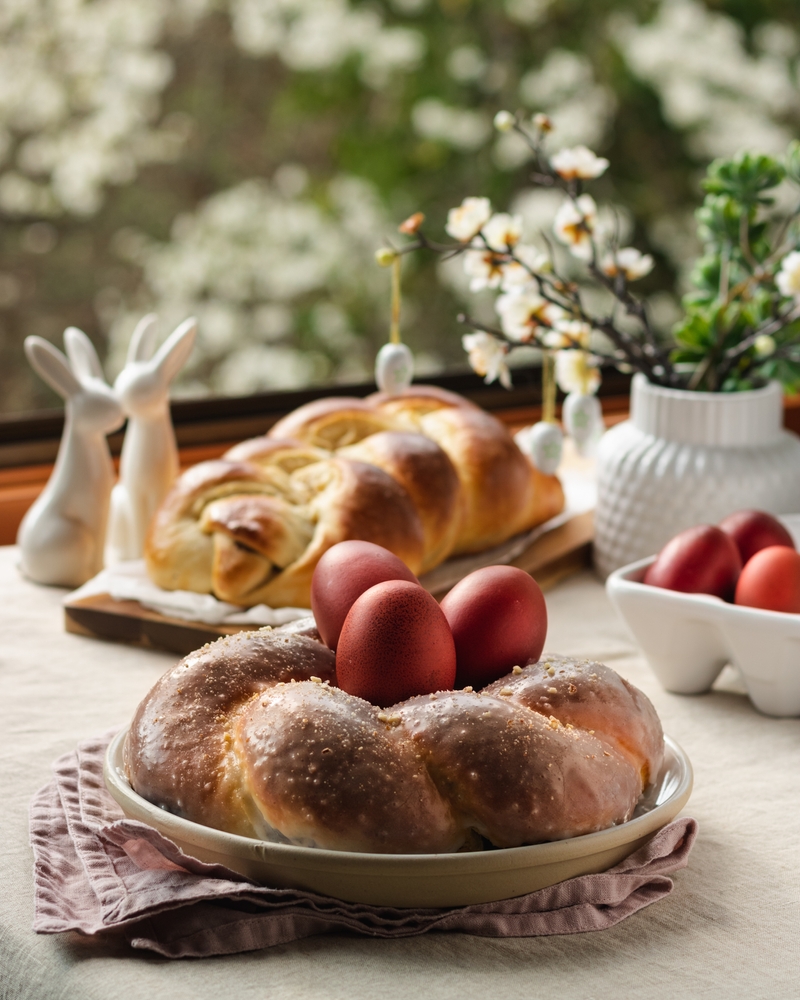
GREEK EASTER FEAST – Kalo Pascha!
As you will know by now, the team at Alma & Autocarbookers love Greece and delicious Greek food. So, we thought it only appropriate, with Easter just around the corner to tell you about the delicacies you would find on the table should you ever be lucky enough to be invited to a Greek home for Easter.
We have also included a little background about the Greek Orthodox Easter period and the 40 days build-up to Easter Sunday.
Easter is the most momentous holiday for Greeks, surpassing even Christmas in gravity. It’s a big celebration accompanied by a long list of traditions and religious rituals and food play a very important part in this celebration. Traditions may vary from family to family and throughout the various regions of Greece but there are a few that remain consistent – food being one of them 😊
A little bit about the Greek Orthodox tradition of Easter:


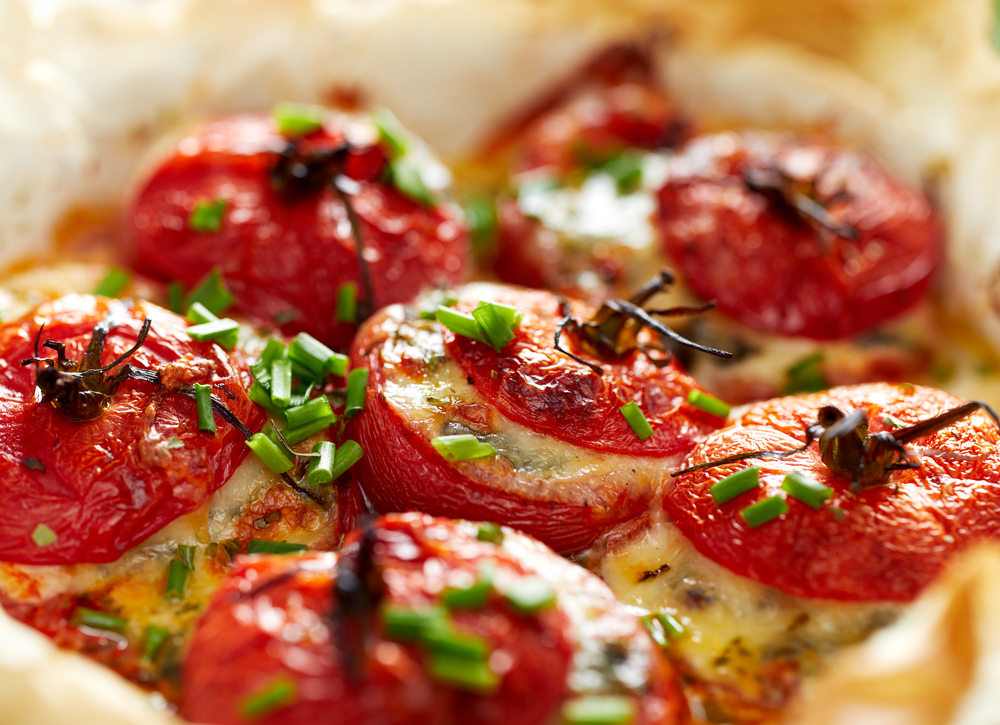
According to the Greek Orthodox tradition, the preparation for Easter starts about 40 days before the Holy week when nisteia, the religious fast, begins. And according to the rules of nisteia, all animal products (apart from shellfish) are forbidden, as well as the consumption of olive oil on Wednesdays and Fridays. This religious ritual is observed by many orthodox Greeks (but not all).
Traditions of the Holy Week
The traditions and rituals escalate during the Holy Week (Megali Evdomada, as Greeks call it). Every day there is a different service at the church and even those who didn’t fast for 40 days start fasting for the whole week to receive Holy Communion on Saturday.
The Holy Week is also marked by a series of food traditions: Easter Koulourakia (sweet biscuits) are made on Holy Tuesday, whereas the tsoureki (sweet holiday bread) is baked on Holy Thursday. Apart from the tsoureki, women in Crete, bake another traditional easter delicacy: kalitsounia! Kalitsounia or lychnarakiais a delicious pastry made with soft dough and stuffed with mizithra cheese and cinnamon! Although it’s an Easter tradition for Cretans, you can taste them all year round at the local bakeries.
On Holy Thursday another custom takes place as well: the dying of the eggs! According to the tradition, eggs are dyed red, traditionally with onion skins but often now dyed using commercial dye to symbolize the blood of Christ. Late on this day, women go to church to decorate with flowers the canopy of Epitaphios, a wooden bier that will hold the body of Christ.

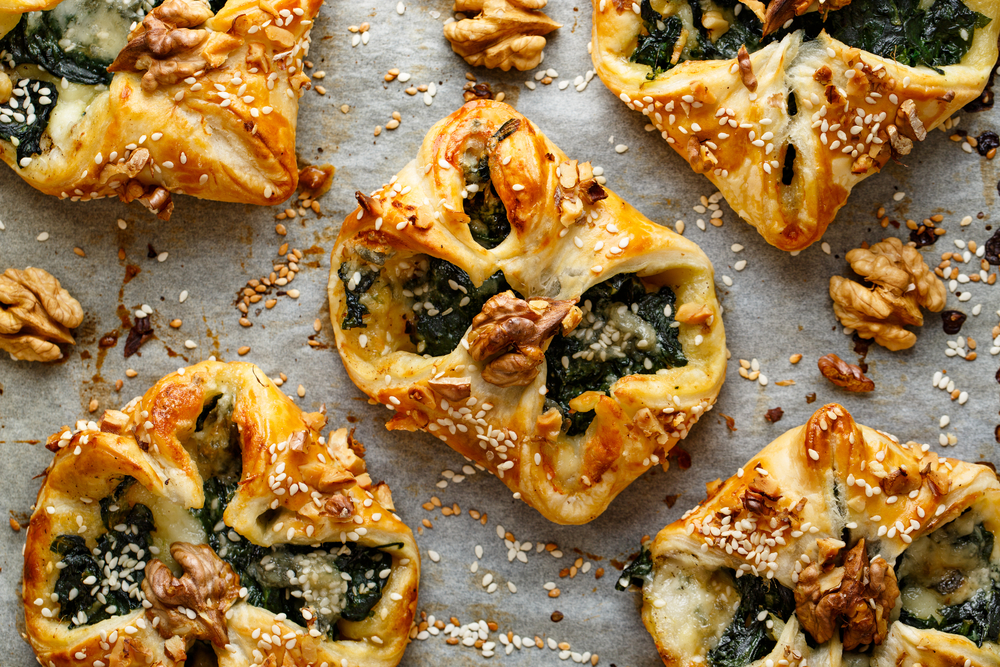
Good Friday
Is a mournful, solemn day and marks the climax of the Holy Passion. In every church, the priests remove the body of Jesus from the cross to prepare it for its funerary procession (Epitaphios). The bells of every church toll in a sorrowful rhythm to announce Christ’s death. At the start of this day’s ceremony, worshippers queue to kiss the icon of Christ on the canopy and then follow the procession of Epitaphios through the streets, chanting soul-stirring hymns, candles in their hands, in a somber atmosphere. When home the smoke from the candles is used to mark a cross on the front door 3 times before walking in to bring luck to the house.
Even those who didn’t attend any of the services of the previous days, show up on Easter Saturday’s mass, late in the evening. This service is quite popular as it celebrates the Resurrection of Christ. Churches are packed with well-dressed people, all holding a white candle (lambada), or a colourful candle decorated with toys – for children. A quarter to midnight the priest gives away to the worshippers the Holy Flame from Jerusalem to light their candles. Then at midnight sharp, the priest proclaims “Christos Anesti” (Christ has risen) and everyone starts chanting and kissing each other while firecrackers (varelota) start exploding around the churchyard.
As soon as Christ is resurrected, it’s time to break the fast with Magiritsa, a traditional Greek dish prepared especially on this day. Magiritsa is a rich soup made with lamb liver, intestines and tripe, plentiful dill, and avgolemono(egg-lemon sauce)! This soup was probably invented as a way to use up the offal—heart, liver, lungs, and intestines—removed from the lamb to be roasted for the Easter Sunday feast. Nose to tail eating at Easter is a tradition, even the eyeballs do not go to waste, they are considered a delicacy.
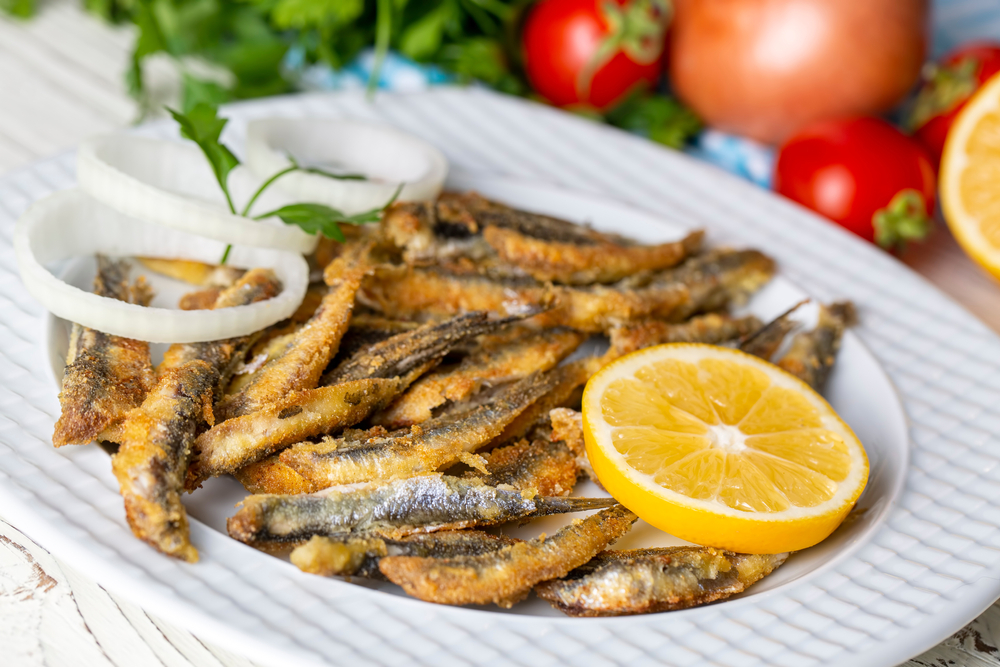
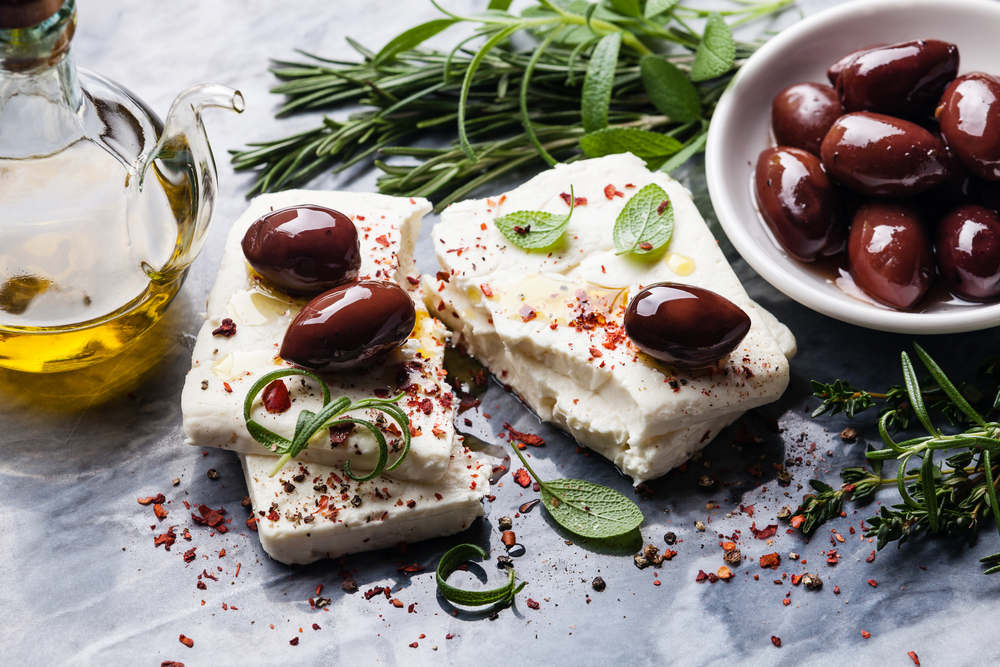
And finally, it’s Easter Sunday!
Easter Sunday is a day of celebration and joy, and for Greeks, it’s a day spent with family! The ritual starts early in the morning with the preparation of the lamb which traditionally is slowly roasted in whole on a spit, over the fire. It is the centrepiece of a Greek Orthodox family’s Easter celebration. Marinated in lemon juice, olive oil and oregano overnight, the lamb is now slowly turned on the spit in the backyard, almost ready to feed extended family and friends who gather every year to celebrate this time of rebirth. Typically extended family all gather for Easter and no one dares arrive empty handed so you can only begin to imagine the amount of food there is to work through .. the day is long and the night is longer!
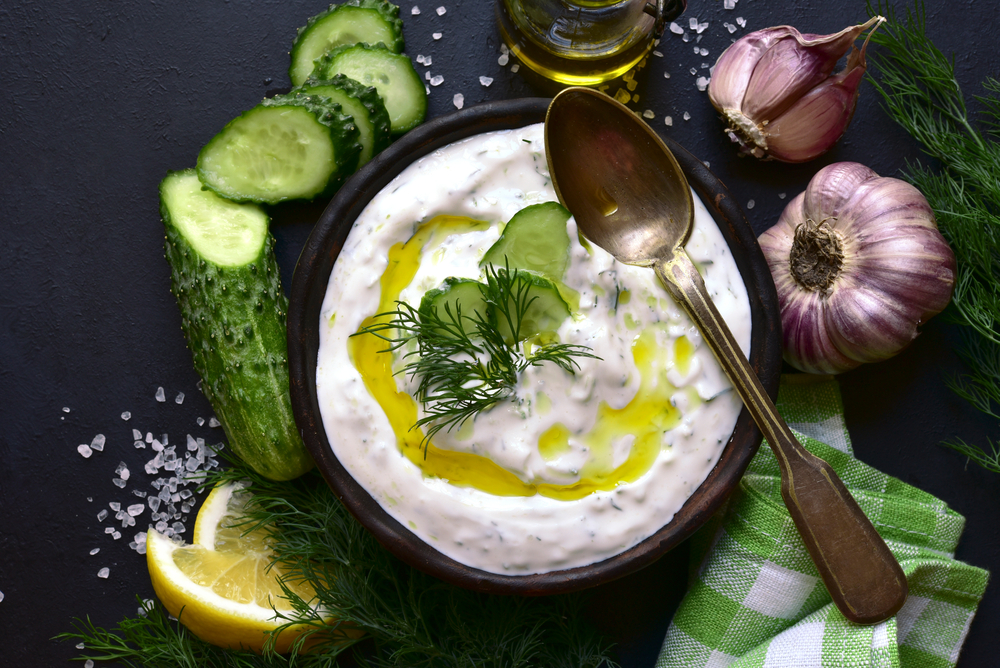

Now after the big build up it’s time to taste all the Easter delicacies prepared during the Holy Week: koulourakia, tsourekia, and kaltsounia! It’s also time for tsougrisma: every one grabs a red Easter egg trying to crack the others’ eggs. Whoever holds an intact egg at the end of the game, wins! A lot of fun for all the family. Easter is about family.
For reasons that are now very clear it is often said the exuberant Greek Easter table is a feast of the eyes and the soul
Kalo Pascha (Happy Easter)!
Credits and sources:
Creta Maris
Stamatelos Familiy/SBS
Anson Smart
Wiki






